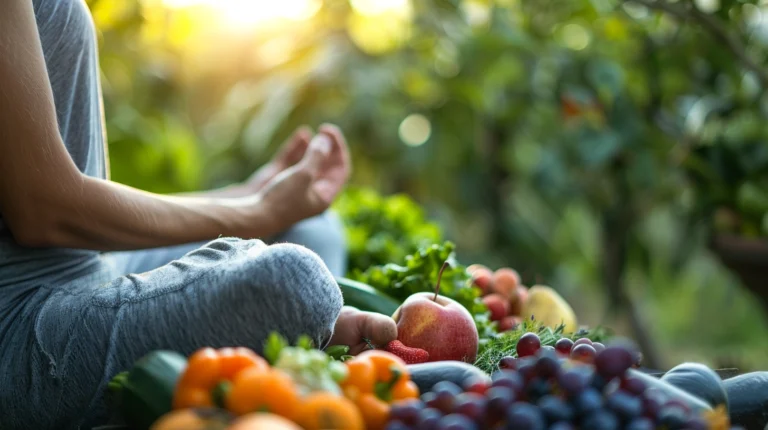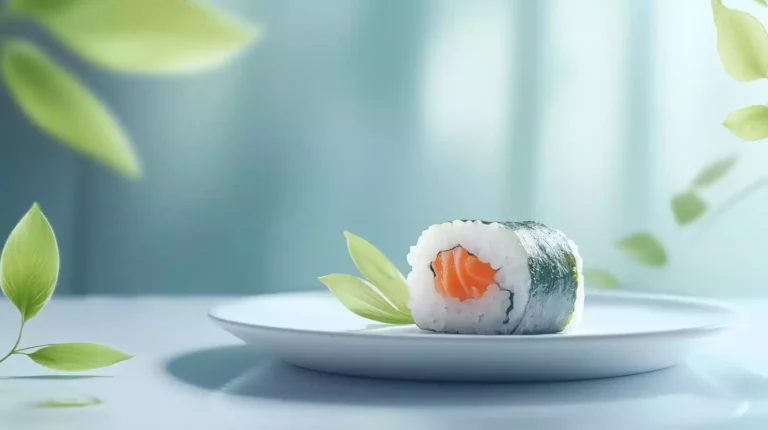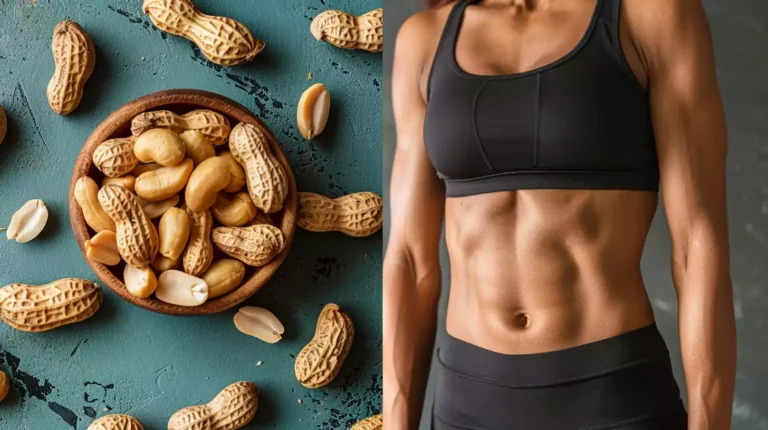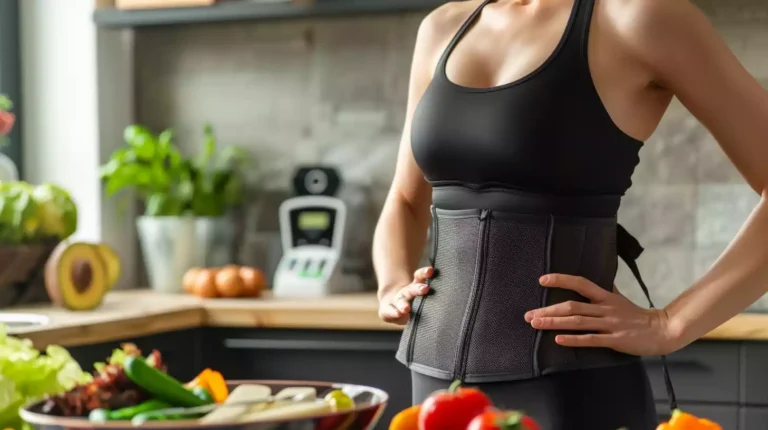Nutrition of a Hibachi Meal for Weight Loss at a Restaurant
A traditional hibachi meal at a Japanese restaurant can be a nutritious and satisfying option for weight loss when approached thoughtfully. By opting for protein-rich foods like shrimp or chicken, paired with vegetables, you can increase fiber and nutrient intake.
Choose grilled or steamed vegetables instead of fried rice, and select brown rice for a fiber-rich side dish. Be mindful of sauces and portion sizes to keep calories in check. With a balanced mix of protein, healthy fats, and complex carbohydrates, a hibachi meal can support overall well-being.
Keep reading to understand how to make the most of your hibachi experience and tap into the secrets to a healthier, more fulfilling meal.
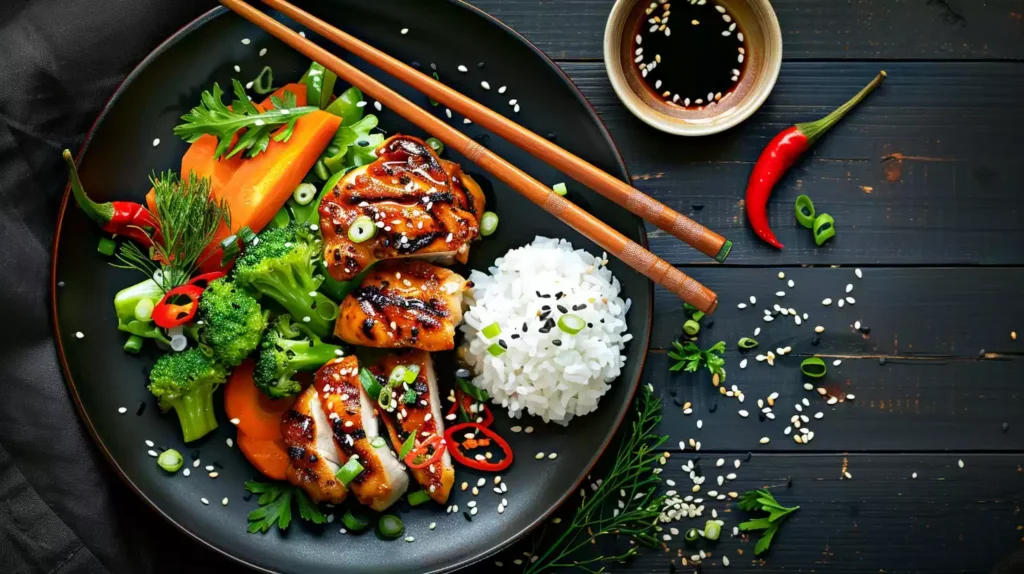
Key Points
- Opt for protein-rich foods like shrimp or chicken, paired with vegetables to increase fiber and nutrient intake for weight loss.
- Choose grilled or steamed vegetables instead of fried rice to reduce calorie intake and increase nutrient density.
- Select brown rice over white rice to increase fiber and mineral intake, and be mindful of portion sizes to aid in weight loss.
- Customize the Hibachi meal by adding nutrient-dense ingredients like mushrooms, onions, and leafy greens to increase the meal’s nutritional value.
- Request sauces low in sodium and added sugars, such as teriyaki or soy sauce, and use them in moderation to support weight loss.
What Are the Nutritional Components of a Hibachi Meal?
A traditional hibachi meal typically consists of a combination of protein-rich foods, vegetables, and grains, with varying levels of macronutrients and micronutrients that can impact overall nutrition and calorie intake.
The protein-rich foods, such as chicken, beef, or shrimp, provide essential amino acids for muscle growth and maintenance.
Vegetables, including bell peppers, onions, and mushrooms, add fiber, vitamins, and minerals to the meal. Grains, like rice, contribute carbohydrates for energy.
However, sauces and fried rice can notably increase calorie intake.
A typical hibachi meal can range from 500 to 1000 calories, depending on the ingredients and portion sizes.
Understanding the nutritional components of a hibachi meal is essential for making informed choices that support weight loss goals.
How Can You Ensure a Balanced and Healthier Hibachi Meal?
While savoring the flavors of a hibachi meal, making deliberate choices can substantially impact the overall nutritional value of the dish.
At a Japanese restaurant, opt for protein-rich foods like shrimp or chicken, which provide essential amino acids for muscle growth and overall health.
Request a variety of colorful vegetables, such as mushrooms, onions, and leafy greens, which provide vitamins, minerals, and dietary fiber.
Choose grilled or stir-fried options instead of deep-fried dishes, and select brown rice over white rice for a fiber-rich side dish.
What Are Some Mindful Eating Strategies for Hibachi Dining?
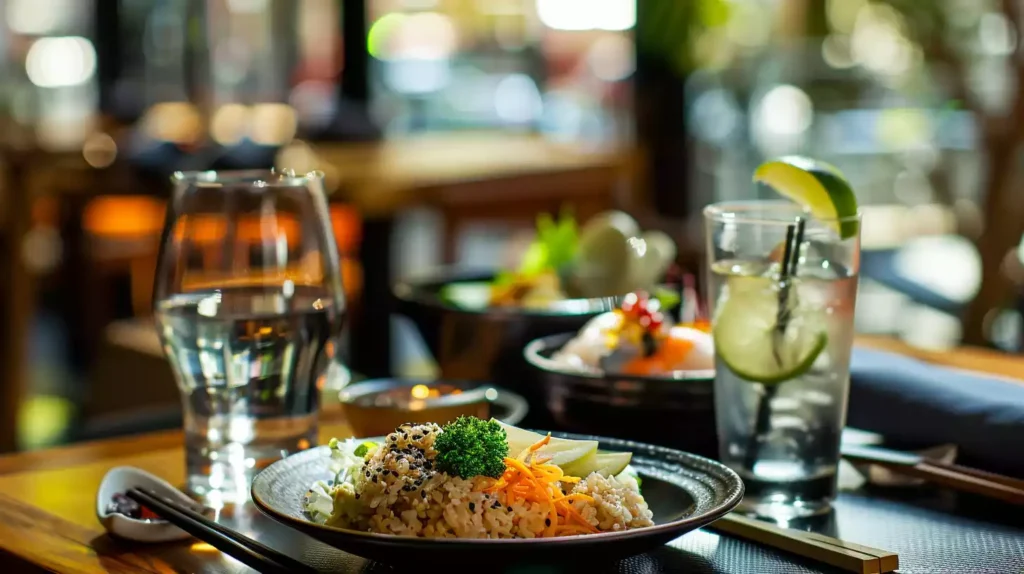
By adopting mindful eating strategies, diners can transform their hibachi experience into a more intentional and nutritious meal. To make the most of your hibachi dining experience, try incorporating the following strategies:
| Strategy | Benefits | Tips |
|---|---|---|
| Order protein-rich foods | Helps with satiety and portion control | Opt for shrimp or chicken |
| Request extra veggies | Fills you up and reduces calorie intake | Ask for grilled veggies instead of rice |
| Focus on the cooking process | Slows down eating and reduces overconsumption | Savor each bite and enjoy the show |
| Log calories beforehand | Provides an estimate of calorie intake | Research nutrition facts online |
How Can Shrimp Help with Weight Loss in Comparison to a Hibachi Meal?
The health benefits of shrimp make it a great choice for weight loss. Shrimp is a low-calorie, high-protein food that can help you feel full and satisfied, making it easier to manage your weight. In comparison, a hibachi meal may be higher in calories and lower in nutrients, making it less effective for weight loss.
How to Modify a Hibachi Meal for Weight Loss?
Modifying a hibachi meal to support weight loss goals requires intentional food choices, such as selecting protein-rich options and requesting grilled or steamed vegetables in place of fried rice.
Opt for protein-rich foods like shrimp or chicken, paired with vegetables to increase fiber and nutrient intake.
Choose brown rice over white rice to increase fiber and mineral intake, and be mindful of portion sizes.
Select sauces low in sodium and added sugars, such as teriyaki or soy sauce, and use them in moderation.
Consider customizing your Hibachi meal by adding nutrient-dense ingredients like mushrooms, onions, and leafy greens to increase the meal’s nutritional value and support overall well-being.

